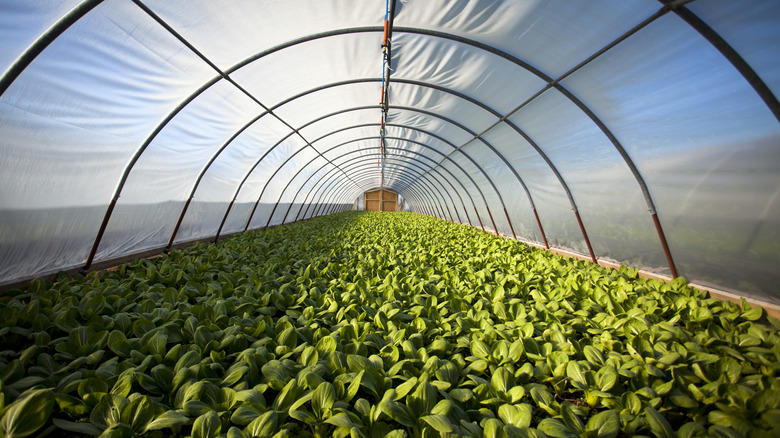In A Recent Summit, World Leaders Agree That Technology Is The Key To Improving Food Security
From the child who missed breakfast before school to the family that has a sparse dinner, food insecurity continues to be a plight both in the United States and across the globe. With more than 34 million people in the U.S. being food insecure, the impact is more than hunger. The CDC reports that the public health problem results in more than $77 billion each year allocated toward health care spending. During the Agriculture Innovation Mission for Climate Summit, taking place in Washington, D.C. from May 8 to May 10, leaders asserted that the solution to this growing problem lies in developing advanced technology.
Although people can be wary of the AI-driven world, technology can offer problem-solving innovations. The Agriculture Innovation Mission for Climate supports agricultural innovation to address the global issue of food security. During the AIM summit, U.S. Secretary of Agriculture Tom Vilsack said that innovative farming technologies and approaches can address the food security issue. The multi-faceted approach made "accelerating innovative technology and practices" priority one. Items included technology-enabled decision support systems, collaborative intelligence tools, and inclusive innovation culture.
Although these changes aren't a magic pill to eradicate food insecurity issues, it's a statement that technology needs to be part of the conversation. Without plowing over the farmer, progress can help all aspects of the food chain. By bringing everyone to the table, the potential solution brings hope for reducing food insecurity.
Can technology and food solutions grow to be better partners?
Technology influenced farming long before the mention of artificial intelligence. Whether it's the irrigation used to water crops or the genetics behind growing more resilient crops, science can and will influence food. Although people may shake their heads over a protein grown from a single cell, viable solutions to the food insecurity issue need to take scientific innovation into account.
Launched during the United Nations Climate Change Conference, the Agriculture Innovation Mission for Climate brings together more than 30 countries and more than 45 non-governmental partners to support food innovation through 2025. Although speeches can highlight the concerns, it is fulfilling that call to action that brings meaningful change. Climate-smart agriculture addresses productivity, environmental concerns, and financial stability for the farmer. Incentivizing technological advancements builds excitement about pushing the conversation forward and addressing food security health concerns.
Even though charities can make an immediate impact with donated dollars, that plate of food isn't a long-reaching solution. Finding new ways to grow crops, increase yields, and protect the environment with the help of farming communities happens because technology offers a viable solution. It could be time to rotate the approach, like a farmer rotating a crop.

